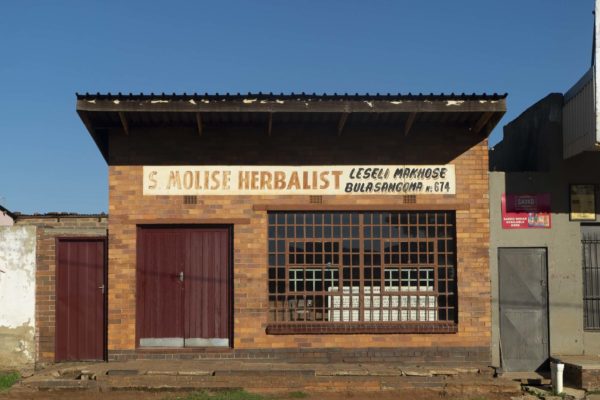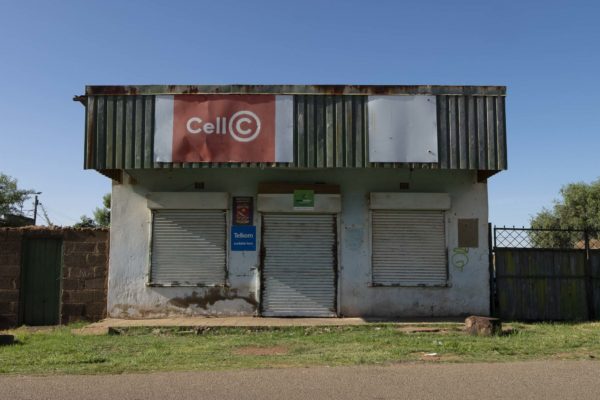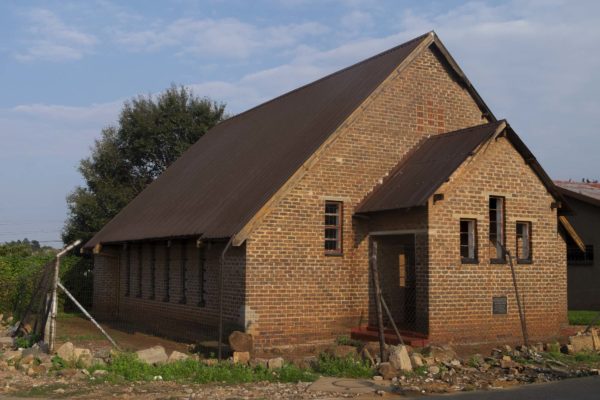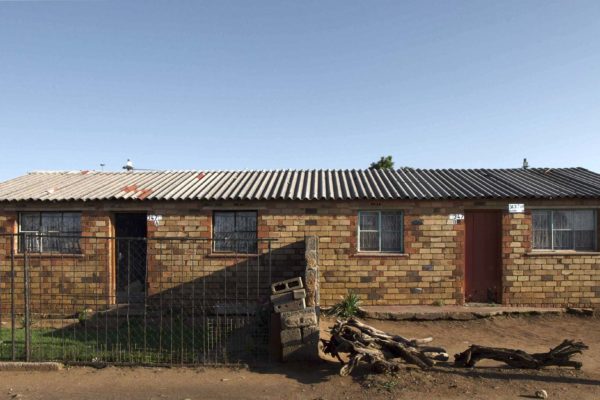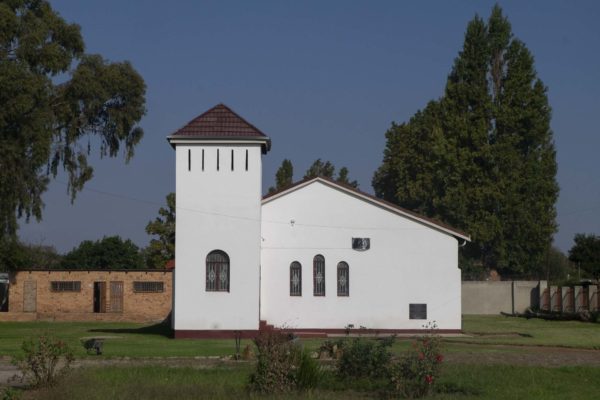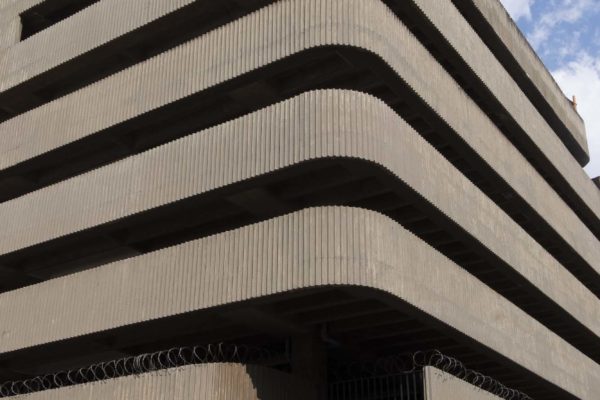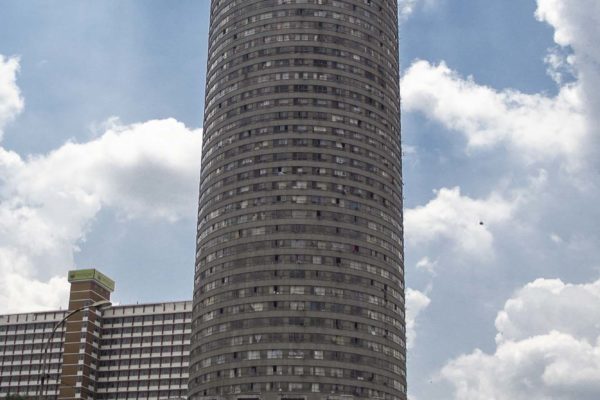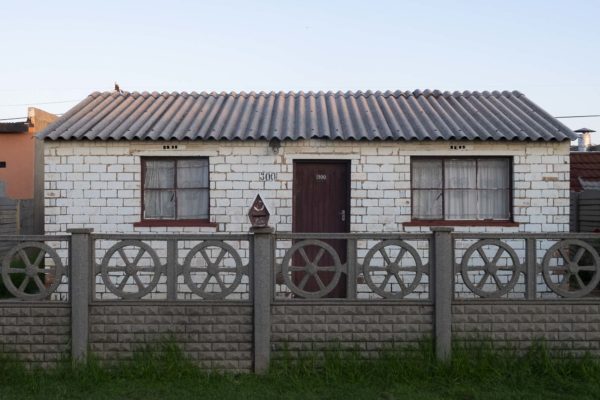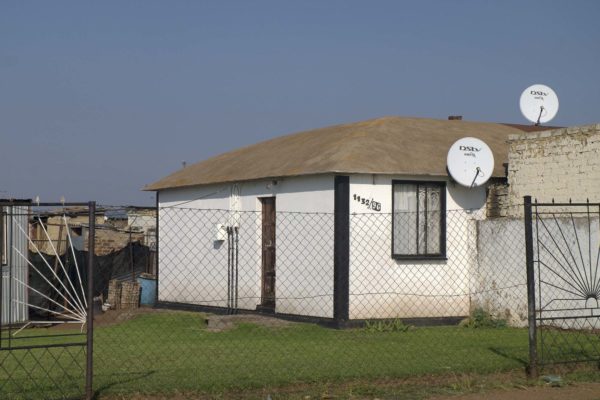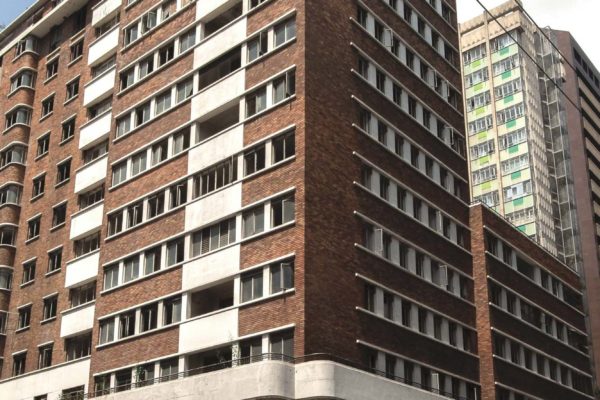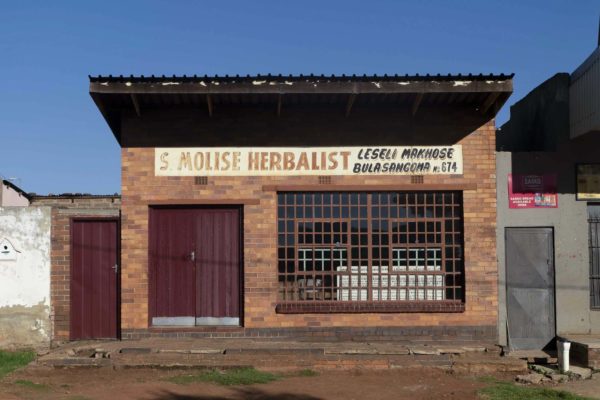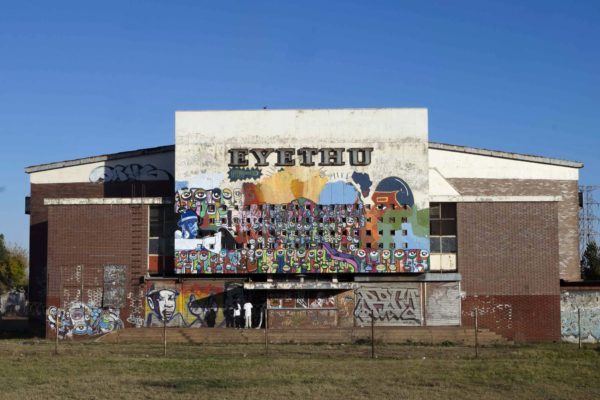Abstract of the accomplished photographic work
I explore the intersection of history, architecture, and social inequities within South Africa’s evolving urban landscapes. Central to my practice is the documentation of the NE 51 houses, commonly known as “matchbox houses,” in Soweto. These structures, built between 1948 and 1951 as part of apartheid-era policies, were designed to segregate and confine non-European South Africans to substandard living conditions. Through my lens, I capture the transformation of these homes, reflecting both the enduring legacy of apartheid and the resilience of the communities who inhabit them.
Drawing from my personal experiences growing up in a 4-roomed house, my work examines how these once-impoverished dwellings have been renovated and reimagined by their residents. My approach, often described as deadpan photography, is complemented by a combination of archival research and found objects, allowing him to document the architectural evolution.
Description of the project you intend to pursue through the Prize
My intent is to further explore and document the evolving landscapes and social inequities embedded in South Africa’s architectural history, particularly focusing on the NE 51 houses, commonly known as “matchbox houses,” in Soweto. These structures, built between 1948 and 1951 by the National Building Research Institute, were products of the racial segregation policies that confined non-European South Africans to substandard living conditions. Through my work, I seek to examine how these homes—once symbols of apartheid’s painful legacy—have transformed over time. My goal is to highlight the resilience of the communities that have inhabited these spaces and the socio-political struggles they continue to face today .This grant would greatly enhance my research and allow me to collaborate with town planners, architects, and urban historians to deepen my understanding of the evolving dynamics of township architecture

